Please note that we acknowledge both identity first and person first framing of disability identity. When we use the phrase “disabled artists,” we intend to align with the Social Model of Disability understanding that people are disabled by environmental and societal barriers.
Arts Midwest is thrilled to announce the inaugural winners of the Midwest Award for Artists with Disabilities. This award, designed to support accessibility in the arts and celebrate the exceptional work of disabled Midwestern visual artists, has received an incredible response from the artistic community. Over 200 artists applied to receive funds, and a panel of seven reviewers narrowed the pool to nine finalists from across the Midwest.
We are delighted to recognize the creativity and dedication of nine incredible artists who have been making a significant impact in the field:
- Matthew Bodett (Chicago, Illinois)
- Larissa Danielle (Bloomington, Indiana)
- Lauren Bonney (Decorah, Iowa)
- Maggie Laycock (Sterling Heights, Michigan)
- Madison Rubenstein (Bloomington, Minnesota)
- Bonnie Lee (Fargo, North Dakota)
- Andrea Sosa Fontaine (Cleveland Heights, Ohio)
- Mary Payton Zajicek (Sioux Falls, South Dakota)
- Sarah Muehlbauer (Milwaukee, Wisconsin)
As part of this award, each recipient will receive $3,000 to support their artistic journey, with no restrictions on how they choose to use this funding.
“We are honored to support these incredible artists through the Midwest Award for Artists with Disabilities,” says Torrie Allen, President and CEO of Arts Midwest. “We believe it’s one small step towards creating a more inclusive and accessible arts community where visual artists with disabilities can thrive.”
Established in 2022, the Midwest Award for Artists with Disabilities is supported by the James Edward Scherbarth and Paul Francis Mosley Giving Fund. The award was created in honor of the late James Edward Scherbarth, an award-winning visual artist, visual arts teacher, and advocate of arts access who lived and worked in Minnesota. Jim believed that creativity lives in everyone, and he dedicated his career to helping people express themselves through the visual arts.
Join us in celebrating the creativity our awardees bring to the Midwest, and explore some of their works below:
Matthew Bodett (Illinois)
As an artist I seek to disrupt the historical and material connections between madness, privilege, and confinement. This is a daunting task, but one which was born from lived experiences with schizoaffective disorder (schizophrenia accompanied by a mood disorder – in my case severe depression). I know the portrayals of madness tell me that I am living a death sentence filled with violence and darkness. However, I know what I am living is different, filled with difficulty, but also filled with deeply creative investigations, an unlimited humanity, and a powerful community of fellow mad travelers.
Through my artistic output I intend to deal with the varied aspects of my own madness and how they relate to the surrounding world. I utilize historical material, drawn from art history, as an aspect of critique about our assumptions of madness, it origins, and its limitations. Through this work I intend to change the current conversation about madness and offer new avenues of dialogue for an already difficult to understand topic.
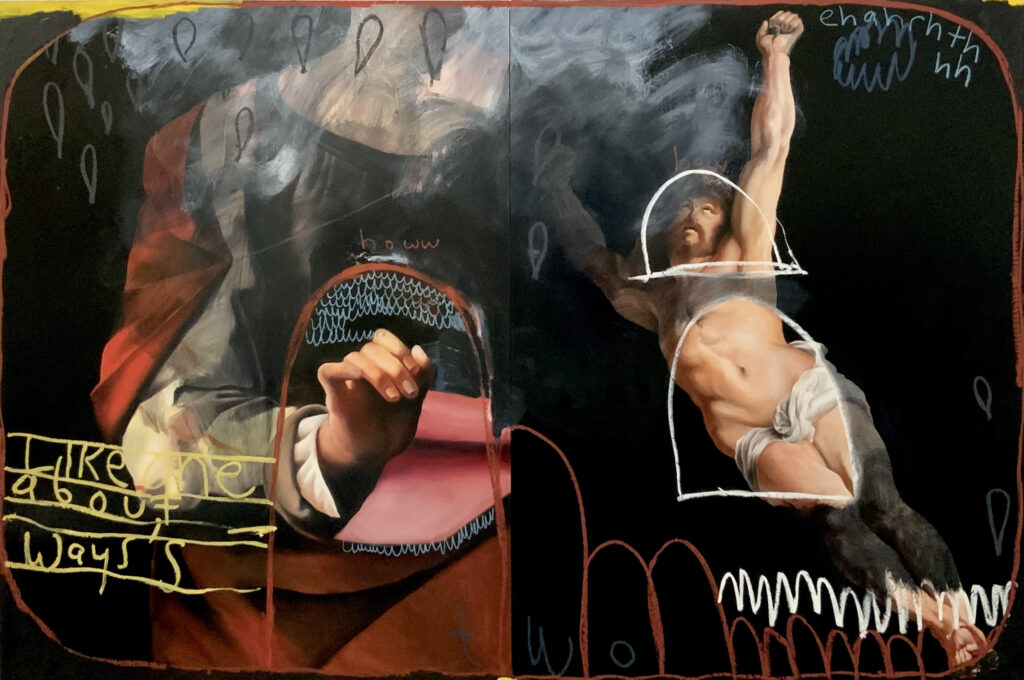


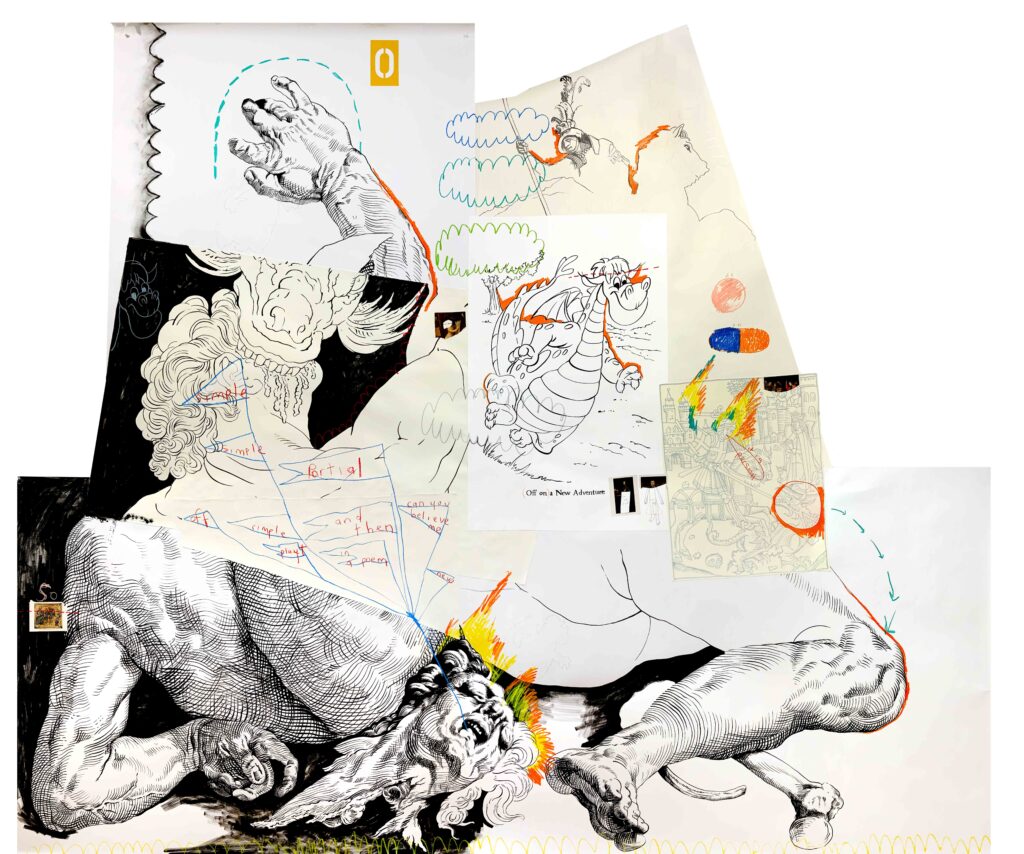
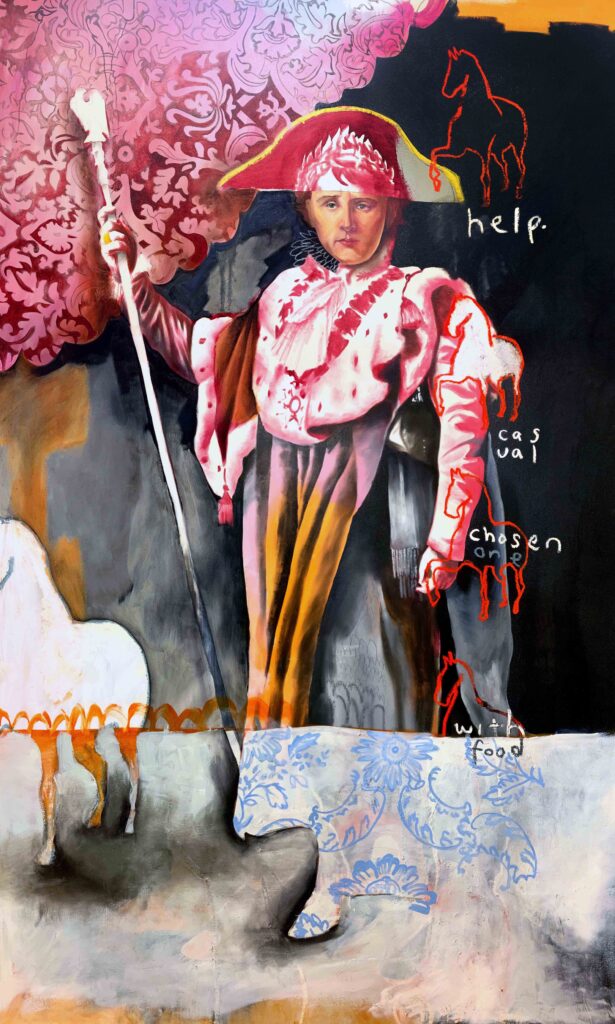
Larissa Danielle (Indiana)
Love, sex, and relationships are part of our human existence. It’s how we express our feelings towards who we desire. Romance, passion, and intimacy are all things that are part of our sexuality. The thing is, much of society cannot fathom the fact that sexuality also exist within the lives of people with disabilities. As an artist with a disability, I make work to change how society views US.
I create work to make the unseen seen, to take the speculative and make it fact, to make us feel like we belong, I use plaster castings of my body to bring the diversity front and center and I use these forms to talk about a variety of sexual topics such as sex and gender, intimacy, vulnerability, pleasure, and sexual empowerment.
The intersections of sexuality and disability are rarely discussed in modern art culture. Our bodies are diverse in many forms and should be celebrated, not shamed. The work that I do opposes the conjecture put forth by society that disabled people don’t have sexual authority because sexuality and sexual depiction in human disability are often considered abnormal because of poor visibility in the arts and human disqualification in society.

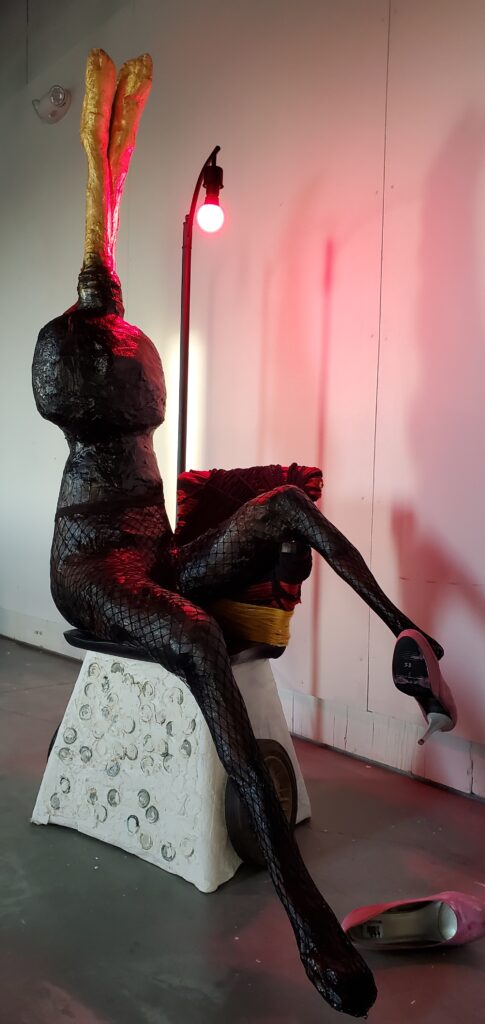
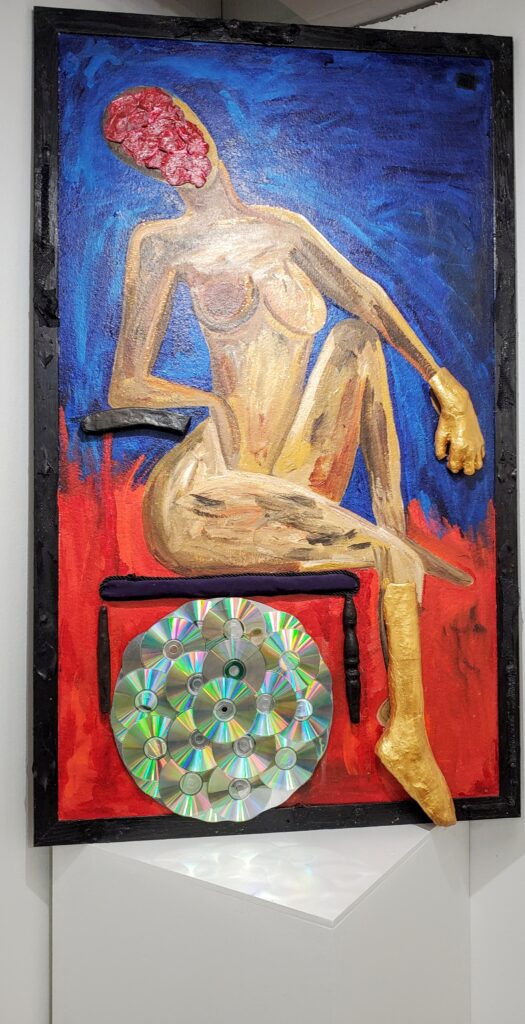


Lauren Bonney (Iowa)
I create art that is deceptively whimsical. Odd and lovely images captured on paper, wood, canvas, or walls fuse together folk art, bold color, mysticism, and the intensity of emotions I feel as an autistic woman. Recurring motifs include broken and swirling lines and quilting patterns that represent how our communities and our personal experiences of the world are stitched together from all we have experienced, the individual parts together forming a whole.
I prefer to work with the unrefined shapes, patterns, and images that are often associated with artists like Mary Blair, Hilma af Klint, and Paul Klee or illustrative works of magical realism such as those found in the films of Studio Ghibli and Cartoon Saloon. By stripping away the filters of complexity that are imposed on us as adults in a modern society my art provides a space for emotional resonance and enchantment.
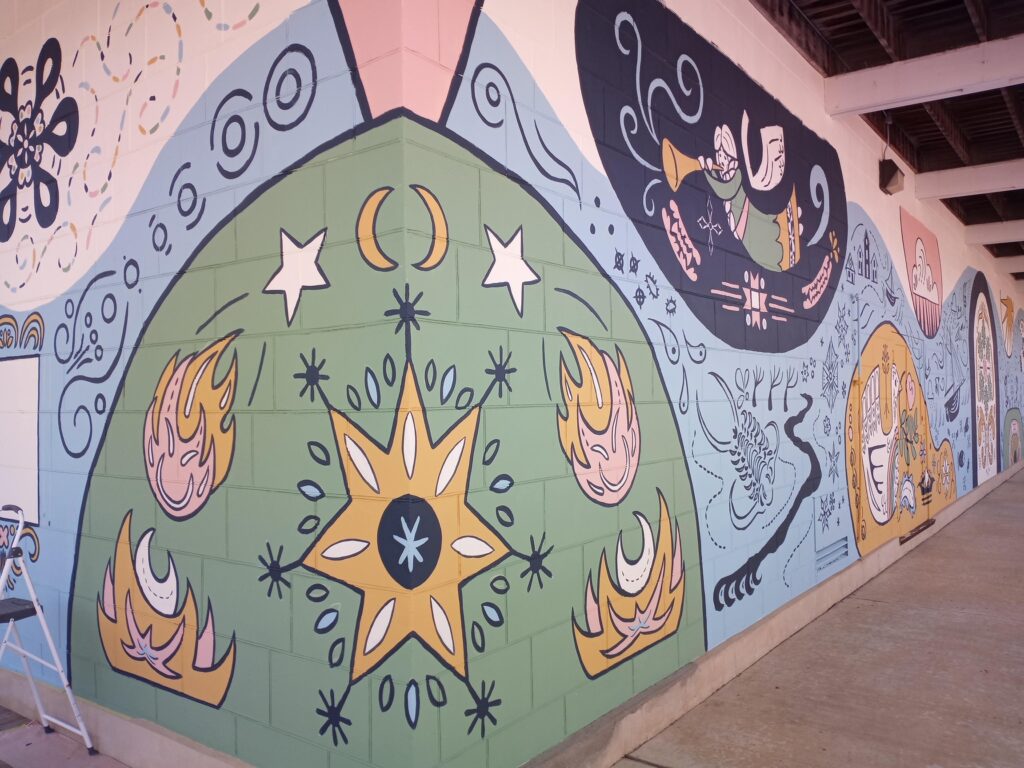

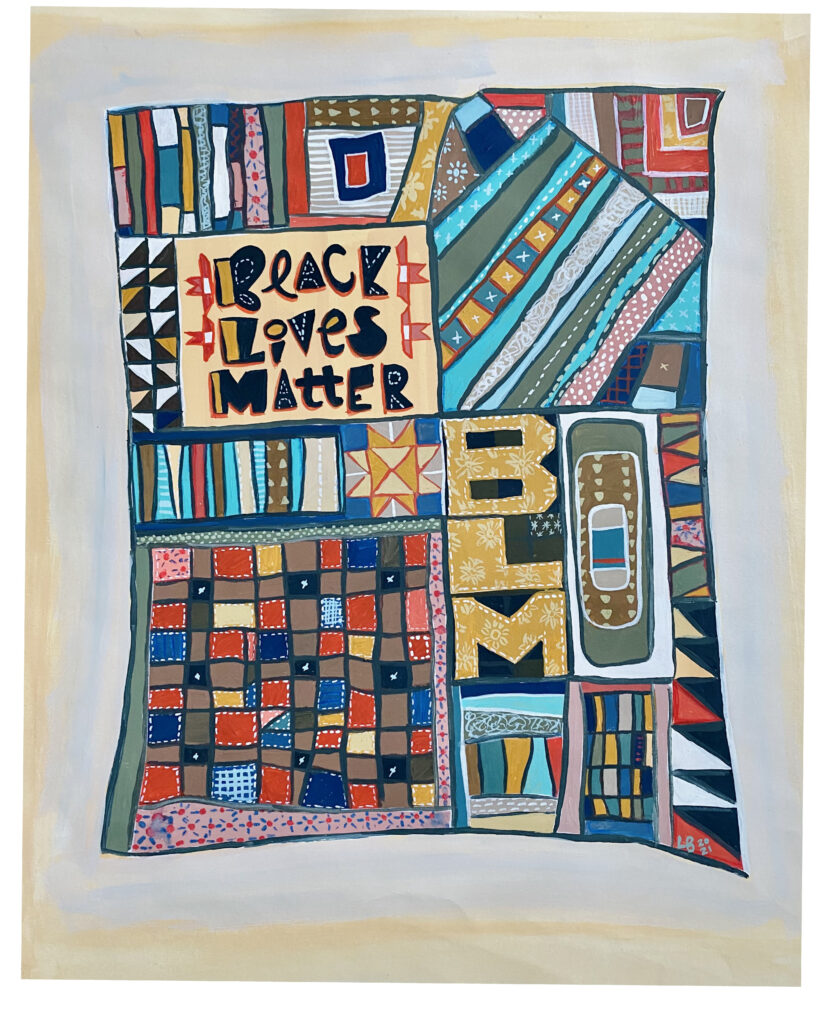
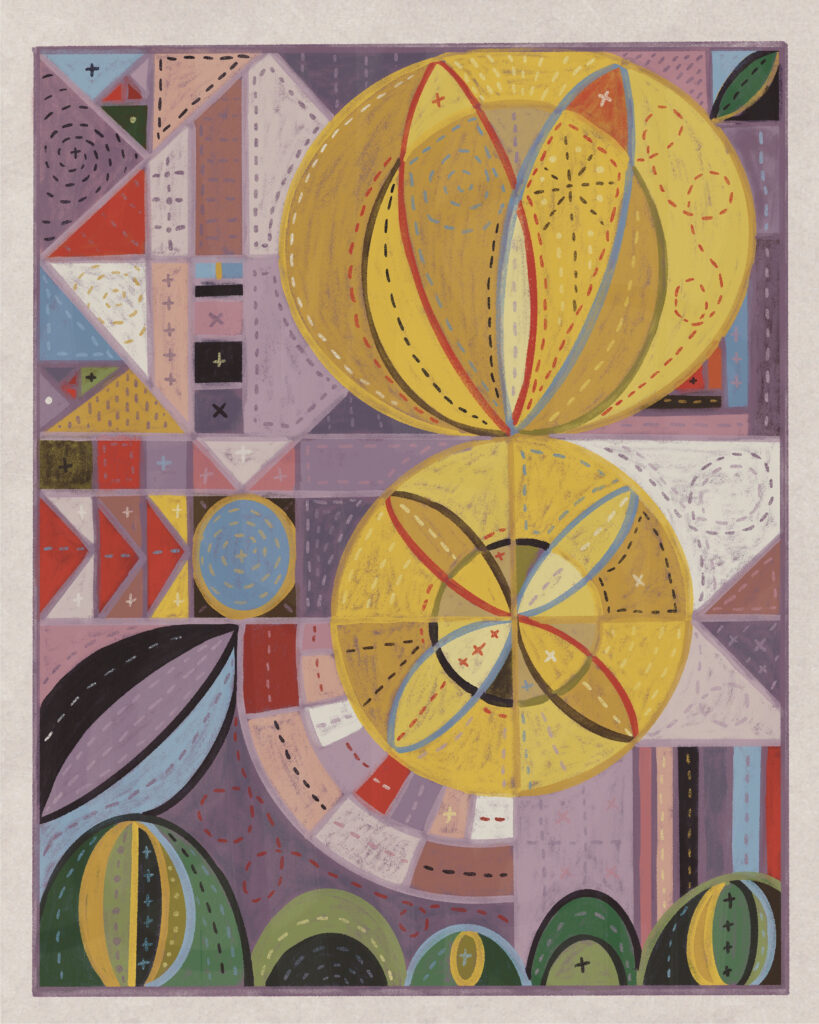
Maggie Laycock (Michigan)
Anxiety-ridden by nature, I frequently hyperfocus on the minutiae. Thematically, I can get lost in quagmires of philosophical moralities that are subtly woven into situations and people that populate the everyday. Often I use negative space, cut-outs, layers, and alternate transparency and opaqueness to explore nuances of light, dark and grey within the human soul, transcendence, and the grittiness of redemption. Many ideas begin with precisely rendered illustrations or fantastical imagery, but I push to expand beyond the limits of the pen, paper and ruminating obsession I carry towards a larger, cohesive vision. Here, material exploration keeps me anchored through challenging myself to incorporate play and curiosity into my process. Recent experiments have included mundane or accessible materials (trashbags, cardboard, pills, paper ephemera) and ways of of drastically transforming them (painting with Pepto-Bismol, thermally activating receipt paper to create areas of contrast, ironing trash bags into a paper-like substrate). I enjoy searching my house or Home Depot, envisioning how something could be used in a manner divergent from its original function. The goal? Forget what I think I know and release ingrained expectations in order to examine the object for what is truly there or what possibilities it presents.
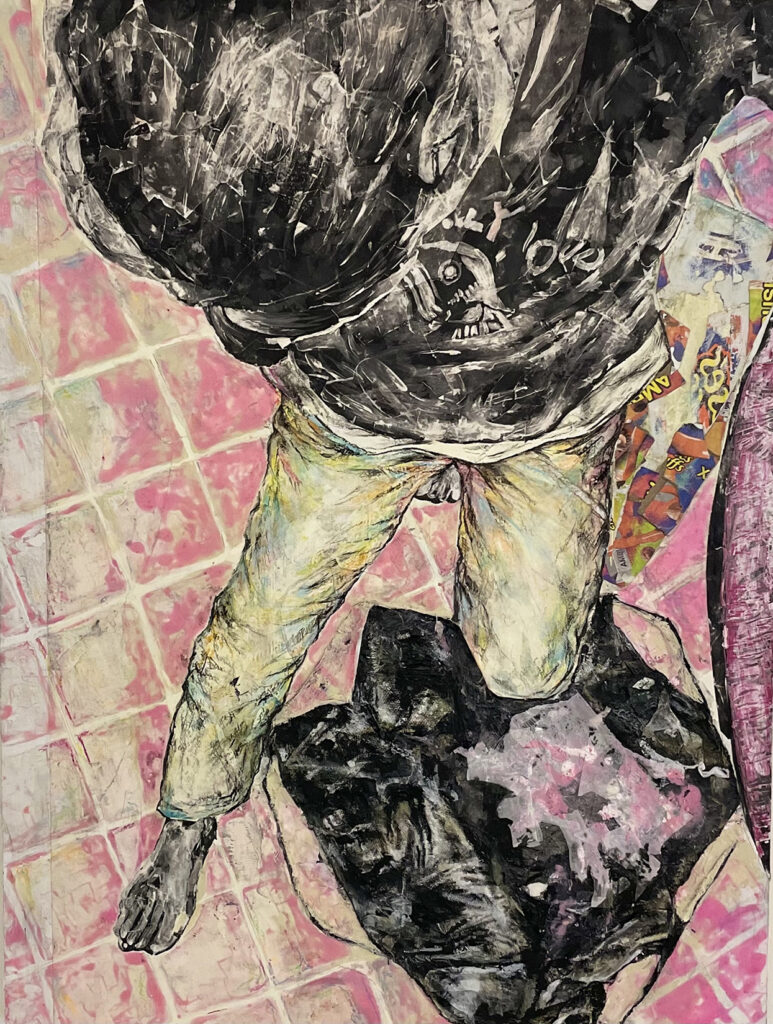
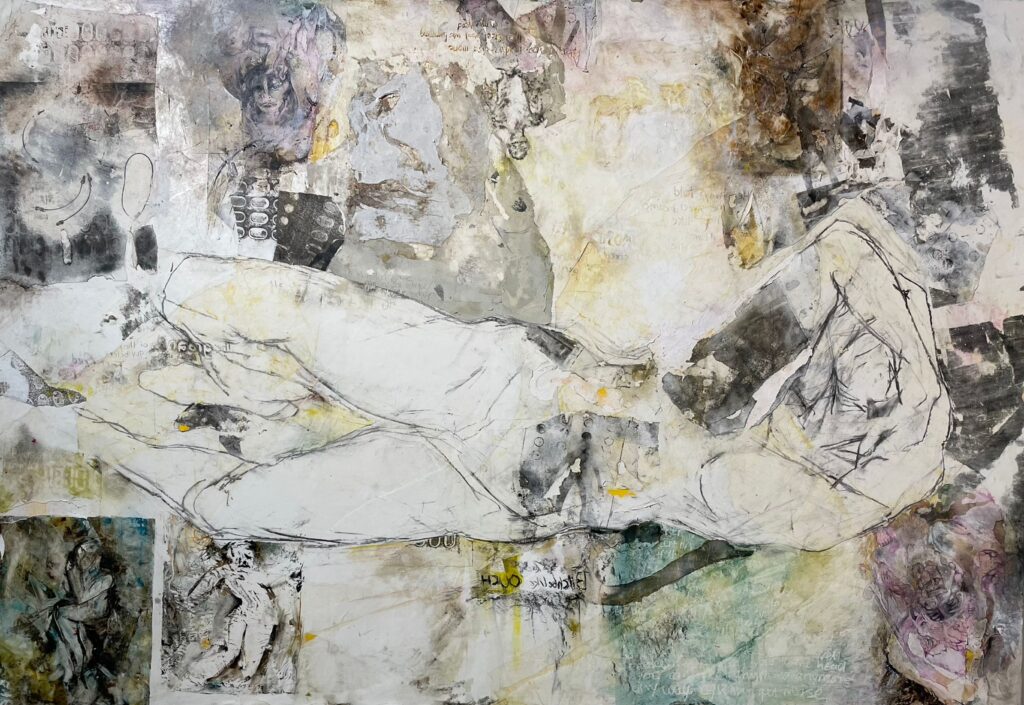
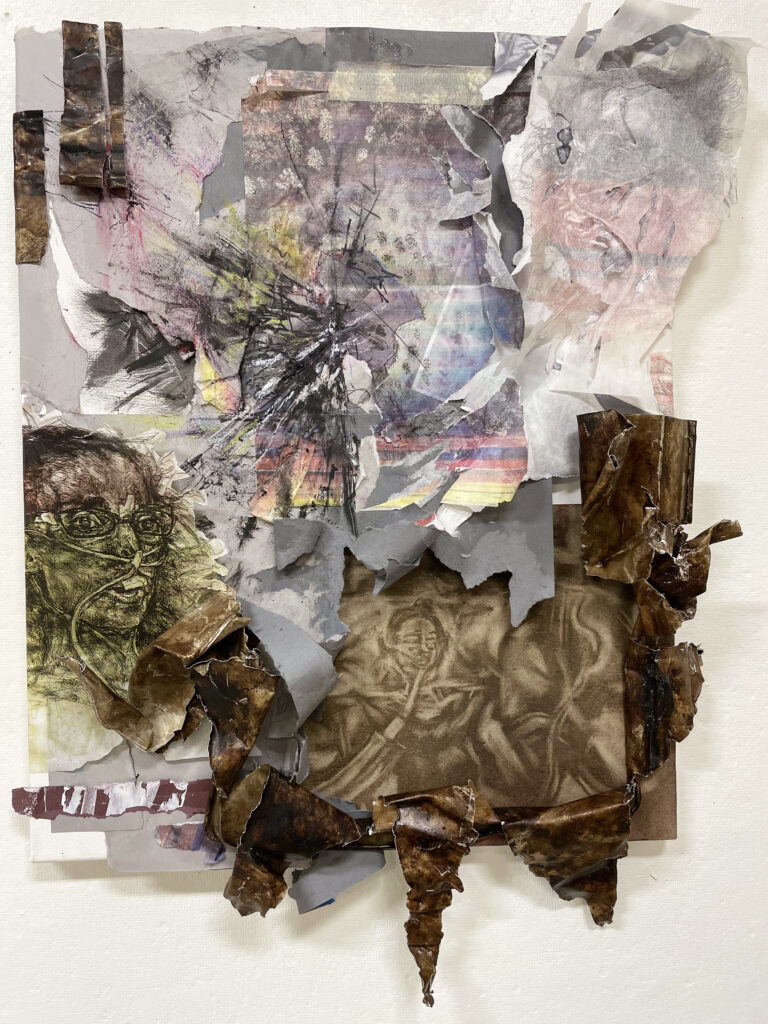
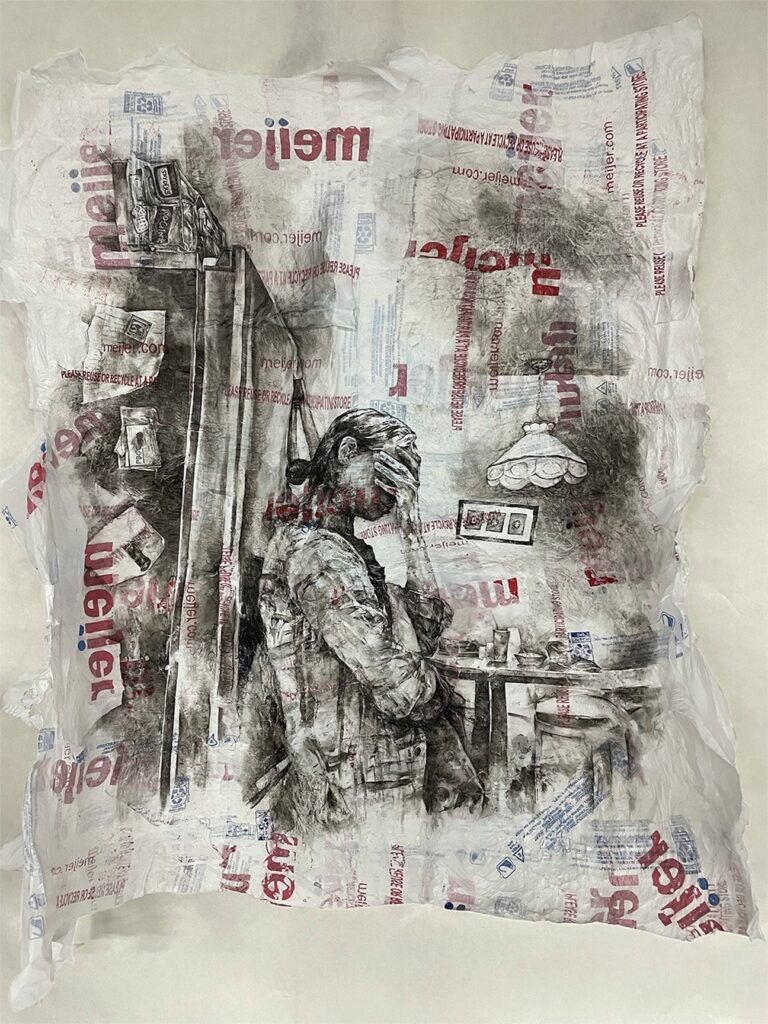
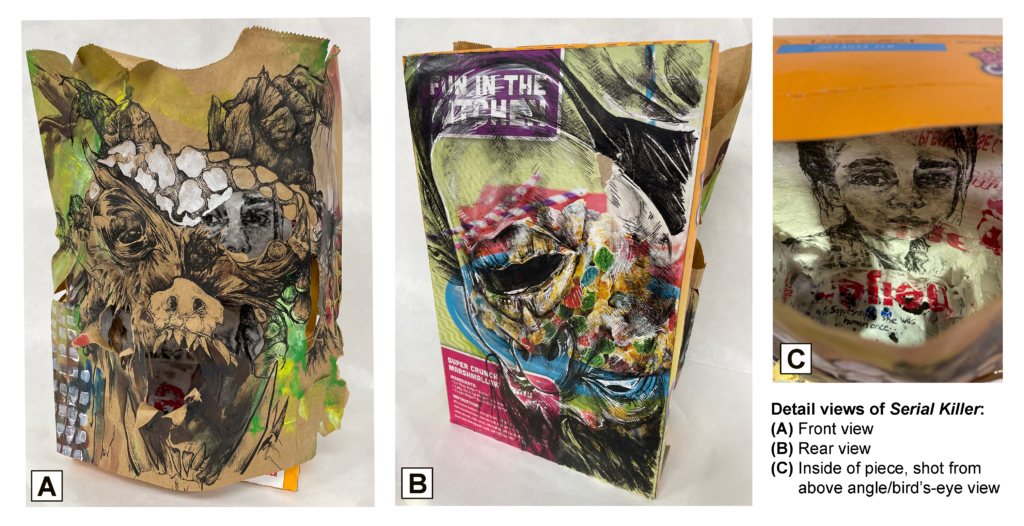
Madison Rubenstein (Minnesota)
I am a visual artist working in traditional media such as oil paint, graphite, watercolor, acrylic and collage. I explore themes of trauma, mental illness, and chronic pain and how these all shape our relationship to our bodies. My paintings depict figurative images and abstractions of the human form. In my past work I have explored themes of powerlessness and chronic illness by painting abstract bodies bound and tied by rope in transitory spaces. The rope constricts and strangles the bodily masses, leaving some sections of rope slack and loose. This conversation between contraction and expansion, tension and softness, and control and surrender in relationship to the body influences all of my work.





Bonnie Lee (North Dakota)
My intent, my passion and my sole mission with my days in this life is to use art to raise awareness and uphold the belief that freedom from domestic violence is a basic human right. In 2015 while on social security disability; I founded The Beautiful Life Portraits. This is a nonprofit 501 (c) (3). We paint portraits of people who have died of domestic violence. The portraits are displayed as a public, mobile memorial to open up conversations about prevention. It is what gets me up in the morning.
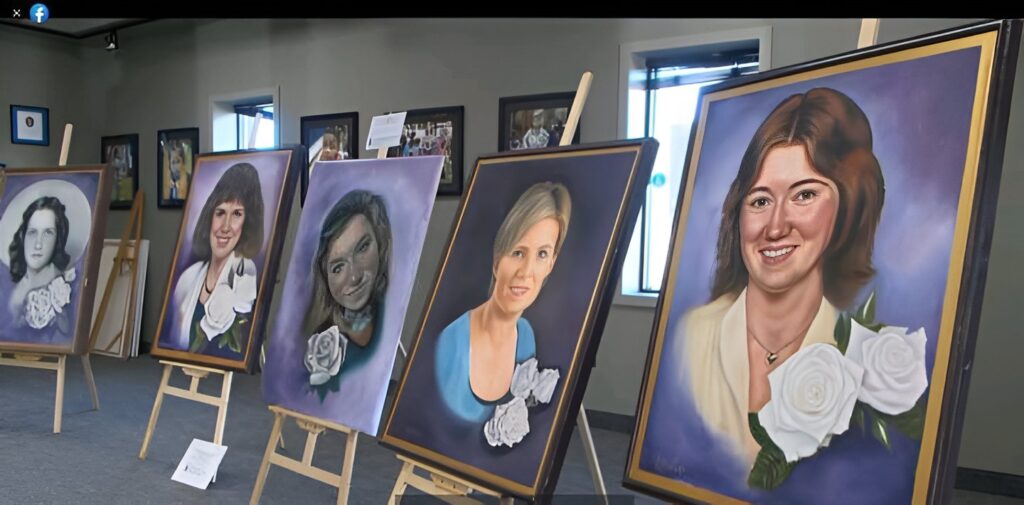

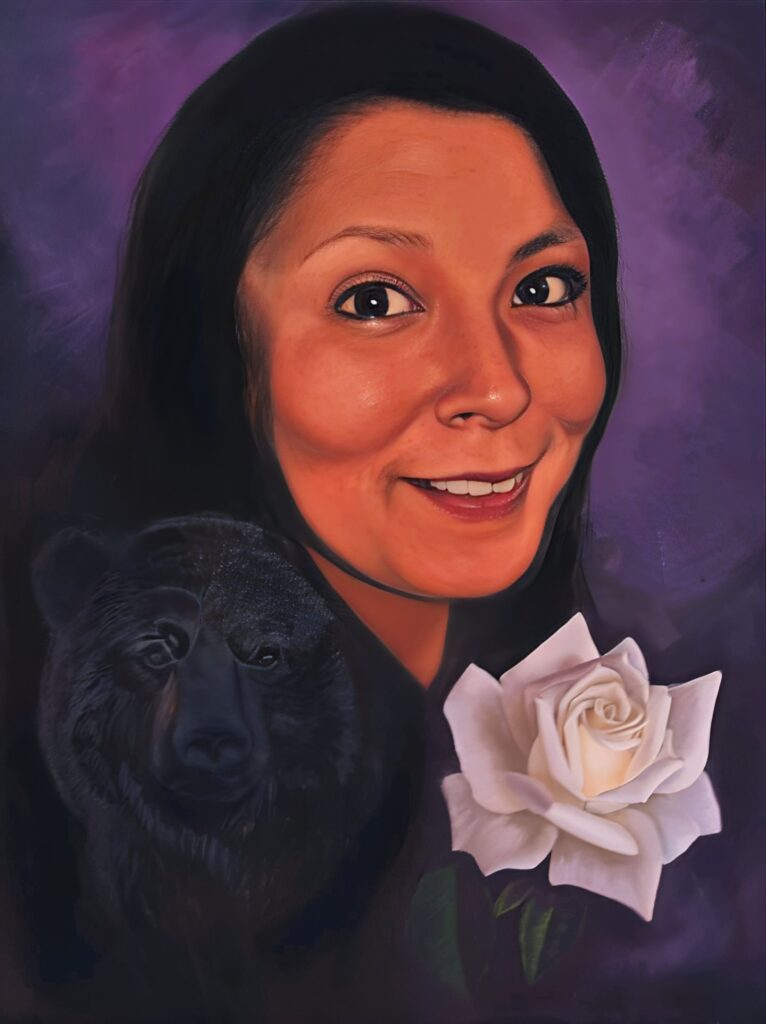
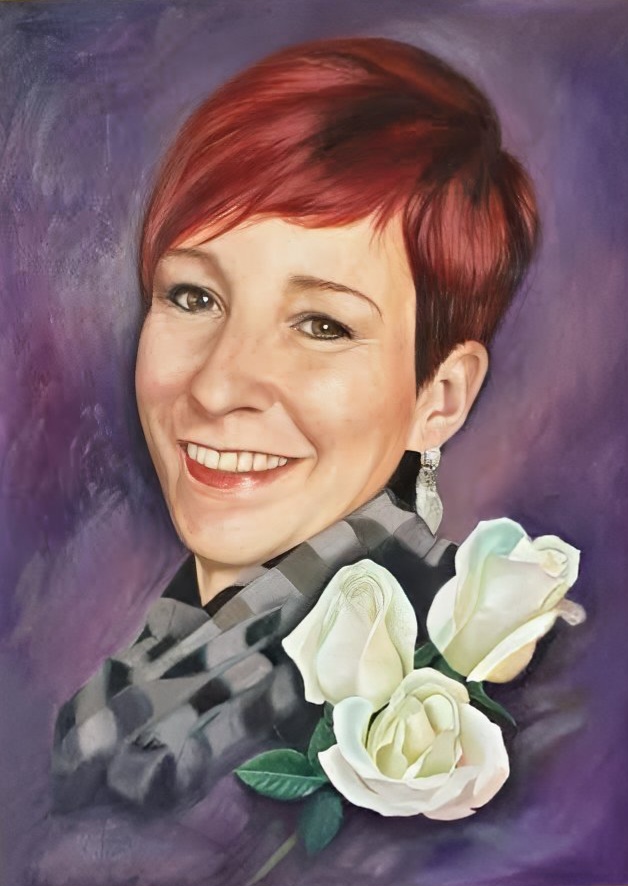
Andrea Sosa Fontaine (Ohio)
I am a maker, that is interested in how people connect to the objects and spaces that surround us. As an artist, I make decisions through making, and it is through the act of making itself where I find meaning. As an artist, my work is deeply rooted in the need to find an outlet to support my mental health. I have faced barriers due to anxiety, depression and ADHD, and have used my art to focus on craft, while calming my mind. The focus of my art began with the intention to support my own healing, but has extended to thinking about sustainability, and the future of this earth. Primarily, my art is centered on shoemaking, and intersections of traditional and contemporary methods to make the practice more accessible, and affordable. I explore how we shoes can communicate identity while also impacting the earth as gently as possible. While the modality of my art began with shoemaking, this work has extended to the objects in our homes, and the spaces that we live in, where I explore why we throw away objects, and even how we disconnect from the spaces that we live in.
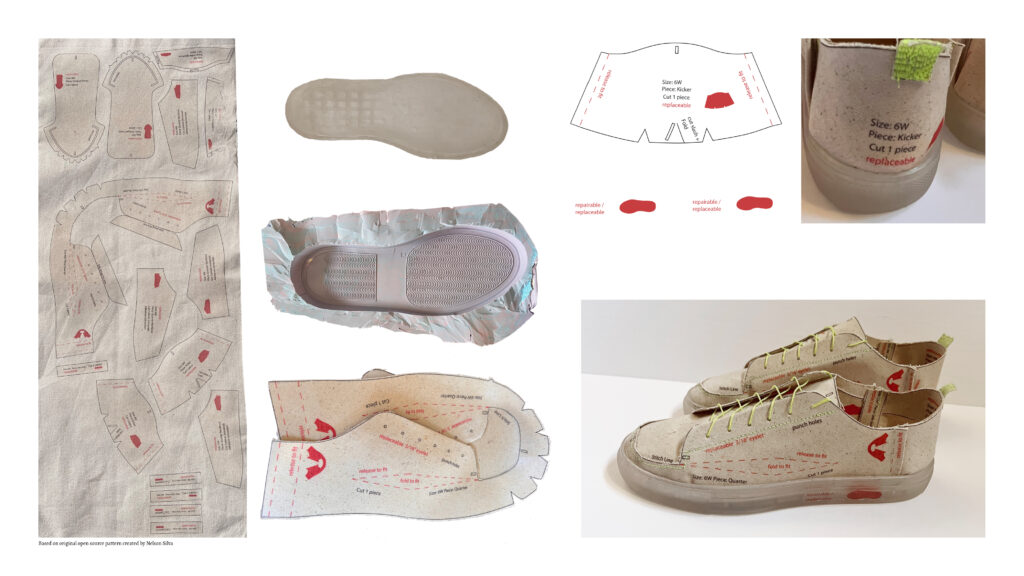
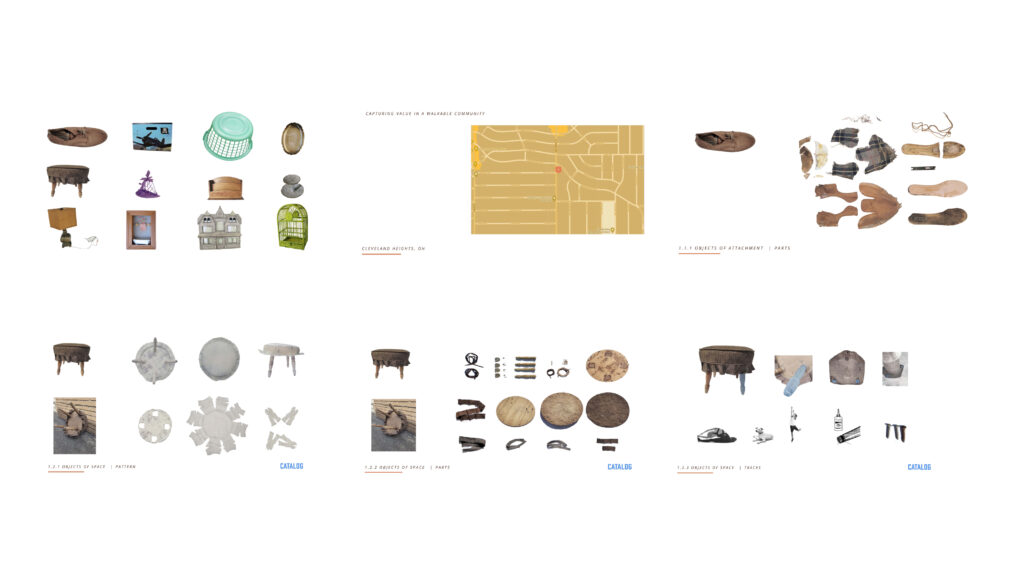
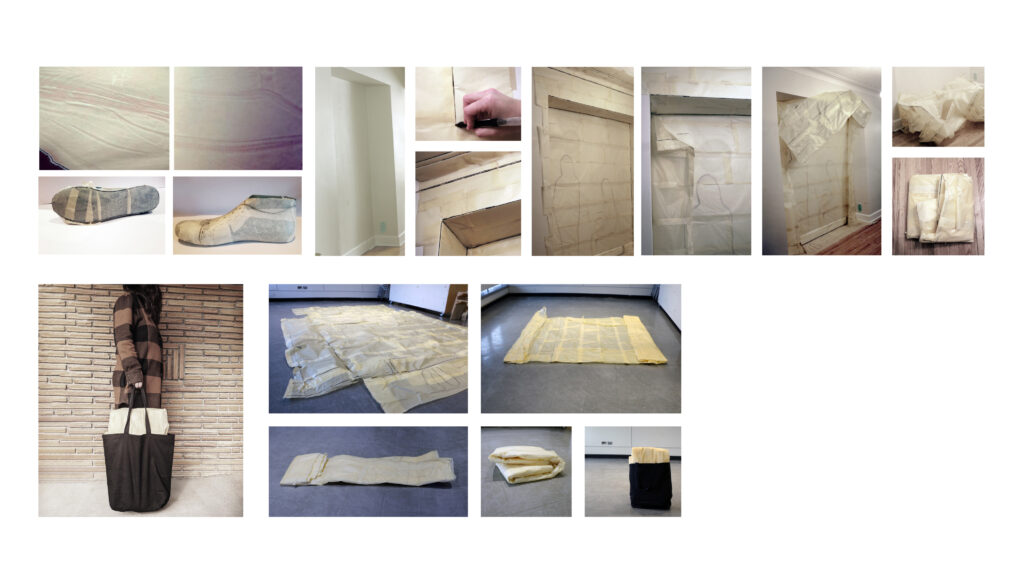
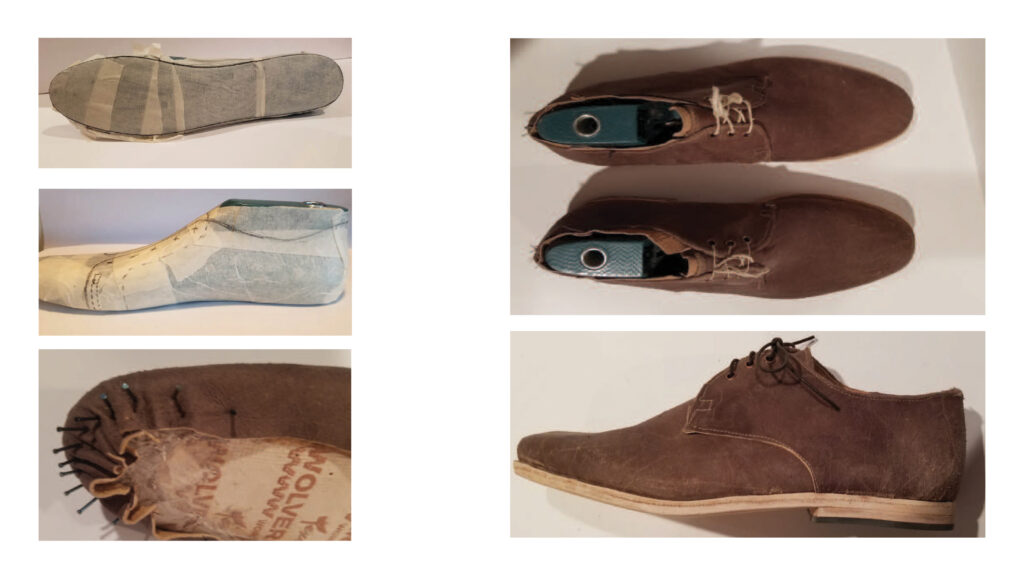
Mary Payton Zajicek (South Dakota)
The intent in the creation of my artwork is simple, I am compelled to be expressing myself visually, and as such, I hope to be sharing something that brings joy and connects with the viewer. As a visually impaired artist, I am inspired by the unique window my brain insists I see the world through. I will never be able to represent adequately what it looks like inside of this brain. I will, however, be trying to convey the feeling of this unique experience for as long as I can. The results are bright, vibrant, color-saturated mixed media paintings. They are full of movement and dots, and soft forms.
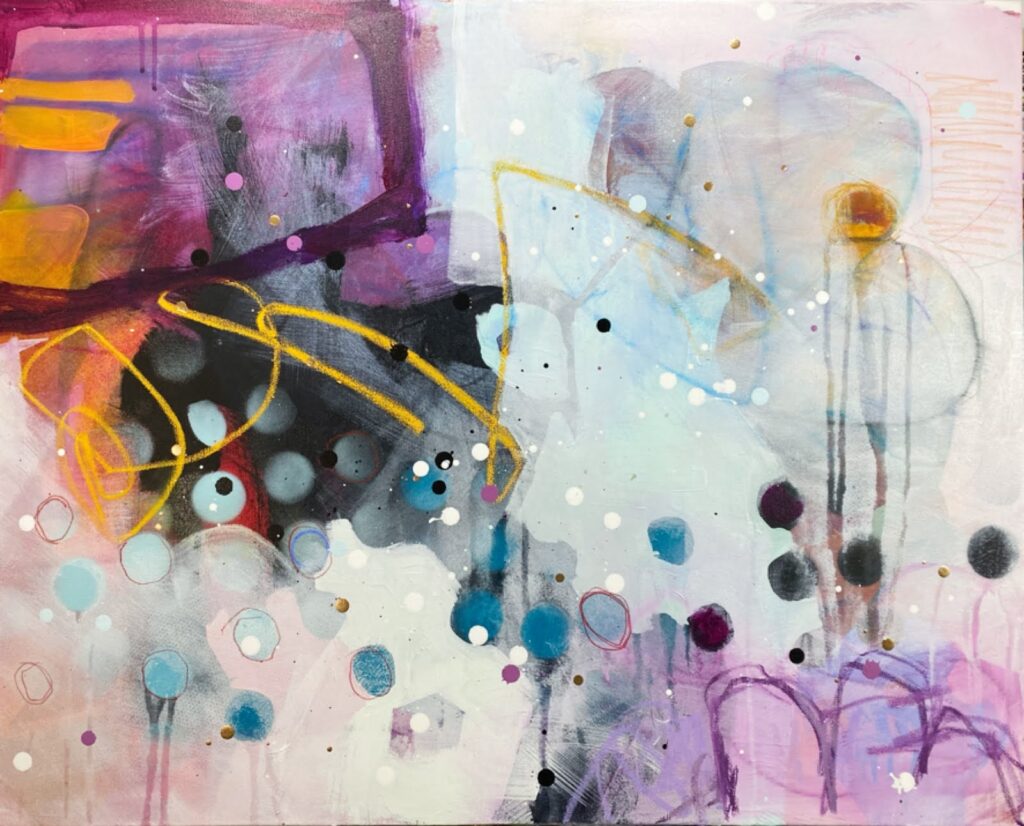
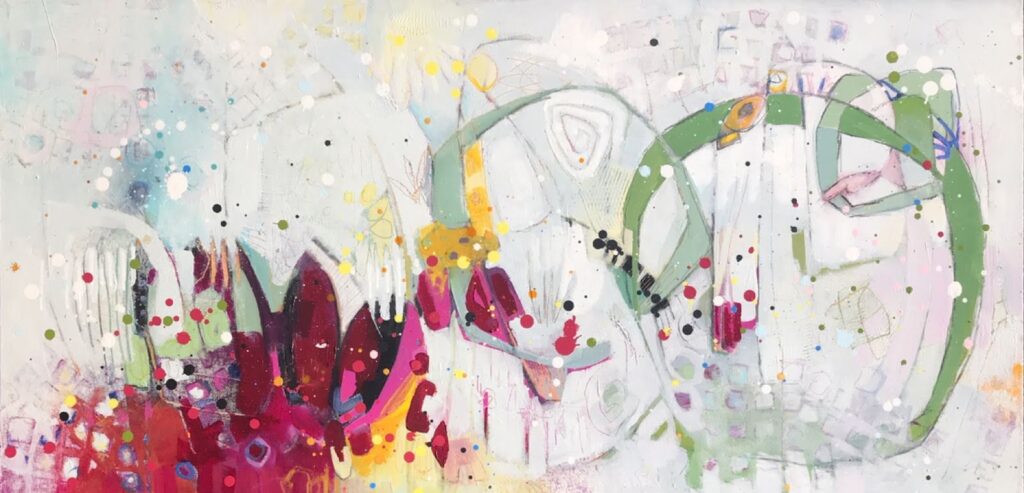
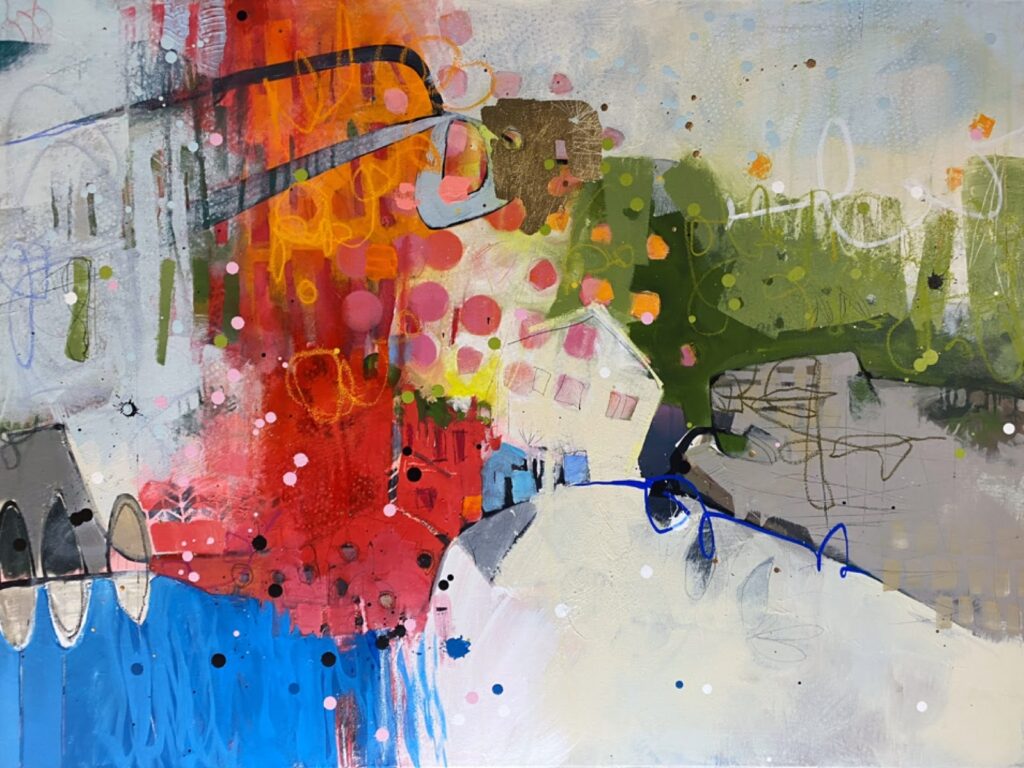
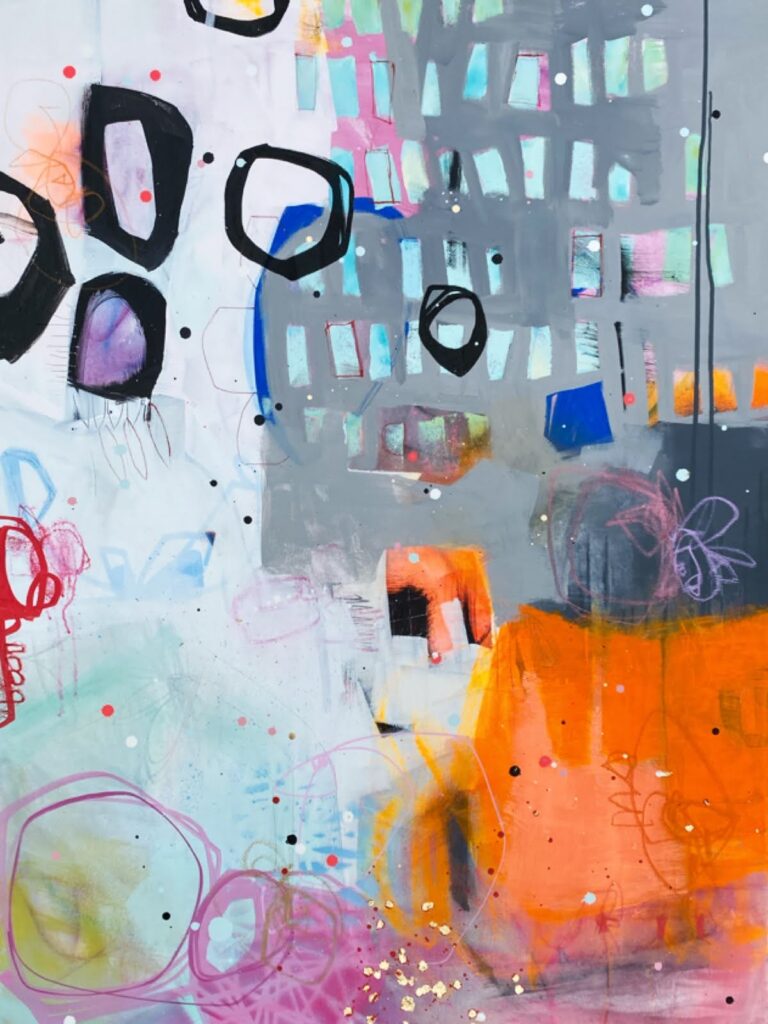

Sarah Muehlbauer (Wisconsin)
My purpose through art is to reveal the hidden poetics and wisdom of living in a chronically ill body. I explore care-taking for self and others, topics of pain, death, and dying that cause fear and avoidance in our culture. I use art to emphasize the beauty, the play, and the accessibility around these topics, so that they might be seen in a way our culture does not yet know or accept.
My most recent work has been for an ongoing dream archetype deck and guidebook project that I hope to publish in 2024. I also recently produced a zine combining disability justice + art + writing, called “Freedom and Possession”, meditations on embodiment from a chronic illness lens. I have worked deeply with performance and circus over the last 15 + years, using it to portray dynamic physical experience, to challenge viewers’ expectations of disability, and to offer a visually compelling language that affects audiences in an intuitive, visceral way. While my disability limits my energy, I have 30+ years of cumulative body knowledge in gymnastics, yoga, dance, and aerial arts, and artistic strategies that allow me to perform at a high level within my physical limits.

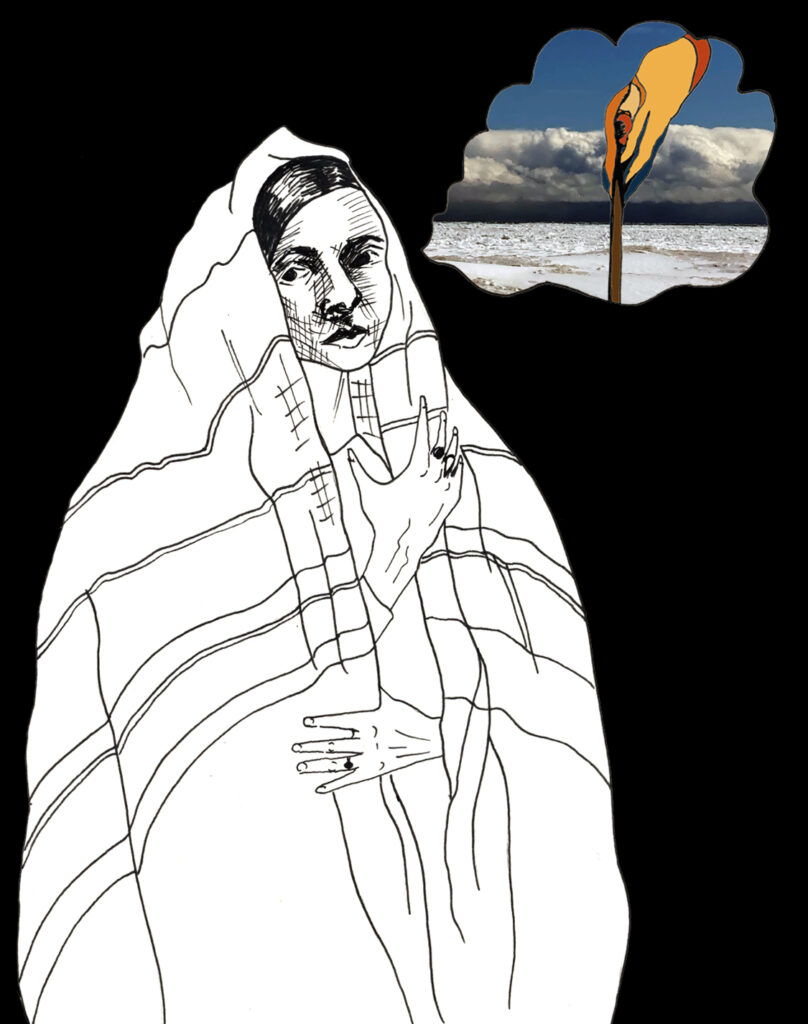

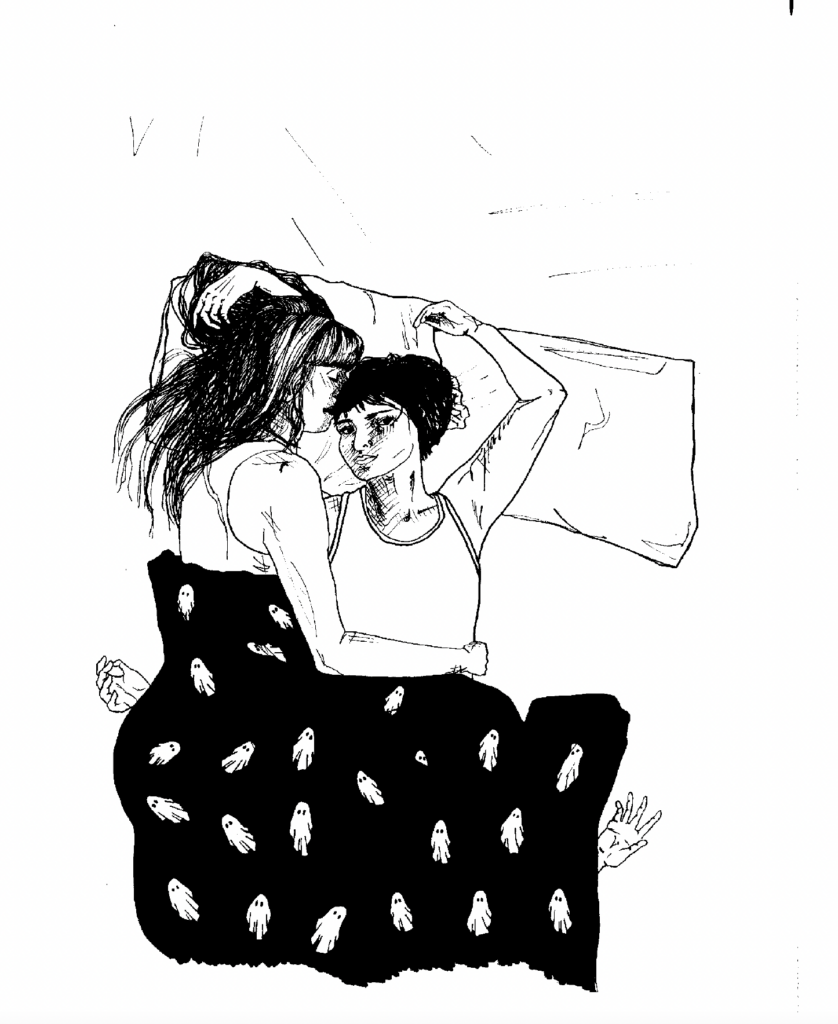
About the Midwest Award For Artists With Disabilities
The Midwest Award for Artists with Disabilities supports accessibility in the arts and celebrates the work of disabled Midwestern visual artists.
From 2023–2025, the award will recognize 27 individuals (9 per year) in the Arts Midwest region.
Applications will open again in spring 2024. Learn more and stay tuned by visiting the award homepage.

Funders and Supporters
This award is supported by the James Edward Scherbarth and Paul Francis Mosley Giving Fund.
Thank you to Koko Dehn, Bonnie Thorne, and Simone Needles with Interact Center for the Visual and Performing Arts for their invaluable insights in the shaping of this award, and our review panel. Their invaluable feedback helped make this award more accessible and welcoming to artists with disabilities.
